My travels across China finally brought me to truly amazing megacity of Beijing, the last stop of my one month journey across China, before the Trans-Siberian Railway to Europe.
In all its grandeur, Beijing lives up to its name as one of the greatest ancient capitals in the world. Despite all the the city has gone through in the past century (or maybe because of it?), Beijing is a bustling and spellbinding city with an illustrious and well preserved past, as well as an optimistic and energetic outlook. Honestly didn’t have much expectations coming in, but really glad in the end to have made the decision to stop by.

Chairman Mao watching over the Tiananmen Square.
3 day Beijing Itinerary
- Day 1
- Great Wall of China
- Nanluoguxiang
- Houhai
- Day 2
- Qianmen Avenue
- Temple of Heaven
- Yonghe Lamasery
- Quanjude Peking Roast Duck
- Day 3
- Tiananmen Square
- Forbidden City
- Olympic Green
3 day Beijing Budget (2015)
- Actual travel dates: 7 June 2015 – 10 June 2015 (~3 days)
- Accommodation: ¥165(3 nights)
- Attractions: ¥370 (¥260 for Great Wall tour from hostel, kinda pricey)
- Food: ¥178 (excludes Quanjude Peking Roast Duck)
- Transport (within Beijing): ¥39 (~¥3/4 per ride on the metro/subway)
- Total: ¥749(~S$165/ US$127)
Previously …
Before Beijing, I was in Chengdu, a little exhausted after a hike in the edge of the Himalayas and a botched attempt to make a quick getaway from Shangri-La in Yunnan to Sichuan. Had to make do with a tiring additional day’s detour by bus to Chengdu after getting the bus schedule wrong. At that point, I had already spent about 3 weeks on the road and so took the opportunity to slow down the pace a little for 2 days in Chengdu, pretty much just chilling in the city. My penchant for bad decisions returned just as I was to leave Chengdu for Beijing, when I opted for a hard seat instead of a sleeper for a 30 hour train ride. This was the scene not long after:

The train from Chengdu to Beijing.
Nonetheless, I tried to enjoy the rest of my first (and hopefully last) time in such a communal experience. It got worse as the journey progressed, and soon people were lying all over the floor and the toilet was overflowing with rubbish. The 30 hour ride was definitely an eye opening experience, though I was all too eager to get off at the end of it.
Day 1: Great Wall of China, Nanluoguxiang, Houhai
The train arrived in Beijing early in the morning, with all my rest in Chengdu undone by the exhausting train ride. Still, I was determined to make the most of out my first day here and set off for the hostel I booked earlier purposefully.

Beijing West Railway Station
Upon reaching the hostel, I found out from the receptionist that there was to be a group leaving for the Great Wall in less than an hour. Usually, I don’t like to follow organised tour groups, but at this stage, a little weary from the travelling, I thought this might be a good option, given that the Great Wall was out of the city and a little less accessible. Checked in at the hostel, washed up, decided to join a hostel organised trip to the Great Wall (Y260), and left the hostel, all within an hour.
The Great Wall of China

An hour or two after arriving in Beijing. 
The Great Wall of China. 
Couldn’t see the end of it. It’s a little hard to imagine that this was all built without any modern tools (or at least the original walls weren’t).
It was great that the section we visited wasn’t too crowded with tourists, though it did cost a bit for me to join the tour organised by the hostel. I heard from locals that it is common for private ‘tour operators’ to offer really cheap packages to attractions such as the Great Wall, but end up dragging tourists to certain shops and got really worked up if any of those in their tour group did not purchase any of the overpriced items at the stores.

Probably one of the refurbished sections. 
Nature always wins (eventually). 
I thought the rundown sections at the end of the neatly maintained sections looked more spectacular.
About late in the afternoon by the time the bus took us back to the city. I managed to grab a breather before heading to meet a local friend who offered to show me around some of the trendier districts in town. Really awesome to have awesome friends around the world, and I’m really thankful for all my friends, both in Singapore and around the world.

Back in the city.
Nanluoguoxiang (南锣鼓巷 )
I met my friend at Nanluoguxiang, a preserved section of the city that has been around for a few hundred years. While the architecture and feel of the area is kept, the streets looked refreshed and revitalised, with trendy shops alongside traditional ones, and lots of young people seem to enjoy strolling the ancient streets here. We bought some snacks as we walked.

Nanluoguxiang (南锣鼓巷 ), a district with preserved traditional architecture and hippy shops. 
Ice cream from Harbin (马迭尔). 
Another popular shop, this one selling some sort of cheese/ milk pudding. 
Yum.
We had dinner at an traditional looking restaurant (印巷小馆) serving interesting food, mostly stuff I hadn’t seen anywhere before.

Such as this Red Bean Cake (小豆凉糕/ Y16). 
And this Traditional Chinese Sweet Pie (糖火烧/ Y19). 
Mushroom Beef (金针炒肥牛/ Y39). 
Deep fried pig skin with some dip. New Beijing Fried Sausage (新北京煎罐肠/ Y23).
Houhai (后海)
It was a satisfying dinner, but not as awesome as the company I had. After dinner, we made a short walk over to another cool and hip district, Houhai (后海).

Houhai (后海). 
Roast meat joint. 
Lots of bars and restaurants lining the area, some a little too raunchy. 
Alfresco dining. Guess it wouldn’t come cheap.
It was getting late, so we bade farewell and left. Not sure when we’ll meet again but grateful for the memories.

Near the hostel (Dashilan Street), late at night. The area felt kinda safe.
Day 2: Qianmen Avenue, Temple of Heaven, Yonghe Lamasery, Quanjude Peking Roast Duck
It was to be a packed day ahead, with the visit to the heavens being highlights, getting close to heaven at the Temple of Heaven, and being in heaven, at Quanjude Peking Roast Duck. But first, a simple but hearty breakfast to start the day.

Steamed buns for breakfast. Well that was the smallest quantity I could get. 
Soya milk (Y12 for buns and soya milk).
Qianmen Street
Along Qianmen Street, modern symbols of capitalism stand beside symbols of the long gone Chinese monarchy.

Old looking building. Not sure if it’s real old. 
Dazhalan Street. 
Along Qianmen Street. 
Qianmen Emperor’s Avenue. 
The emperor’s new clothes. 
Qianmen Street with Qianmen/ Zhengyangmen in the distance. 
“This way to Zara.” 
“I’d trade my horse for your latest collection.”
Temple of Heaven
After a short walk from the end of Qianmen Street, the Temple of Heaven (Y35 entry, Y10 for audio guide in English), prayer/ ritual grounds for Emperors of the Ming/Qing Dynasty. The temple was a huge compound encompassing many different halls each serving different purposes in an elaborate ancient ritual. Halls and pagodas here were constructed beautifully. The interlocking wood designs from the inside were as mesmerizing as the elegance of the halls from the outside. Didn’t get a good shot of the inside though, but the carvings are vividly engraved in my mind.

Ticket to the Temple of Heaven, one of the must-sees in Beijing. 
Hall of Prayer for Good Harvests, choice spot for couples taking wedding shots. 
Elaborate rituals had to be performed to perfection twice a year by the Emperors in order to secure a good harvest. 
The Hall of Prayer for Good Harvests from the Vermilion Steps Bridge. 
The Imperial Vault of Heaven. 
Mesmerisingly intricate roof design. 
Outside the Circular Mound Altar. 
Where the emperor ascended to pray for good weather. I’m glad their prayers worked. At least for today. 
Huge surrounding park with pretty birds. 
Long corridor that connected some of the buildings important to the rituals. 
Seven rocks representing the seven peaks of the Taishan Mountain. 
Camo print tree.
Spent about 3 hours on the huge grounds of the Temple of Heaven then headed to collect my tickets for the Trans Siberian Railway in the CITS building.

The CITS building, to collect my tickets for the Trans-Siberian Railway. Not too difficult to find.
Yonghe Temple/ Lama Temple/ Yonghe Lamasery
I had a little more time before I was supposed to meet another good friend for dinner in the evening, so after a little rushed lunch I checked in to the Yonghe Temple, also known as the Lama Temple. The temple was the residence of Emperor Yongzheng of the Qing Dynasty before he ascended the throne, and was converted to a Tibetan Lamasery after he became emperor. The unique architectural style combines Han and Tibetan styles (copied from Wikipedia), and the temple also has a great collection of religious/ cultural and historic artifacts.

Next, to Yonghe Temple (Y25). 
Yonghe Temple/ Lama Temple/ Yonghe Lamasery. 
Prayer hall just past the entrance. 
Like Orchard Gateway. 
Yonghe Temple. 
Spent about an hour and a half till closing exploring the different halls and museums at the Lamasery.
Off to meet an old friend, a good friend living in Beijing, for dinner at the heavenly Quanjude Peking Roast Duck. But first, a metro station, a movie poster, and a suspicious looking yogurt.

A Beijing metro station. 
“Pancake Man” 
Old Beijing Yogurt (老北京酸奶). I heard it’s dangerous. That’s all I needed to get tempted.
Quanjude Peking Roast Duck
So happy to meet my friend for the first time in a few years. But maybe happier about the food. Few places could boast to have hosted such illustrious clientele.

Preparation of the duck is an art. 
Different parts of the duck were to be appreciated separately. 
Peking Roast Duck is almost as good a reason on its own to go to Beijing. 
Thanks for the feast and hope to see you soon! 
Pictures of world leaders who tried the duck before me to ensure that its properly done (and that it wasn’t poisoned). 
The walls were kinda full, I couldn’t find space to add my photo to the collection.
Day 3: Tiananmen Square/ Forbidden City/ Olympic Green
With one more day to go in one of the most amazing megacities on Earth, I could not miss the Tiananmen Square and Forbidden City. Probably among the most well known attractions in China, they indeed live up to their hype, and are unmissable icons in this iconic city.

Salty soya beancurd for breakfast.
Tiananmen Square
My hostel, not far from Qianmen, was a short walk away from Tiananmen Square and the Forbidden City, so I had a leisurely morning stroll over to the square. As I passed Qianmen, two huge, looming sculptures coming into view, seemingly guarding Mao’s Mausoleum which stood grandly behind the sculptures. There was a long queue waiting to enter the mausoleum, and as I was a little tight on time for the day, I decided to give it a miss, although it was free. Behind the mausoleum, a couple of even larger stuff. Tiananmen Square is one of the largest squares in the world, and one of the most well known (though possibly for not very nice reasons). Around the square are many prominent landmarks.

Qianmen/ Zhengyangmen. 
Monument to the People’s Heroes. 
Looked really familiar, though I can’t put my finger on where exactly did I see something similar. 
On the opposite side. 
Mao’s mausoleum. 
One of the largest squares in the world, and one of the most well known (though possibly for not very nice reasons), Tiananmen Square. 
The Great Hall of the People. 
National Museum of China, opposite the Great Hall of the People. 
Tiananmen, of which the square in front of it was named after. If bricks could speak, what stories would they tell, having witness centuries of change and revolutions from this very spot?
Forbidden City
Finally in the Forbidden City (Y20/40? for entrance, Y20 for audio guide in English).

The Meridian Gate/ Wumen or today, the southern entrance to the Forbidden City.
Forbidden City: First Impressions

Inside the sprawling grounds of the Forbidden City. 
Forbidden City.
Hall of Supreme Harmony

The Hall of Supreme Harmony.

In front of the Hall of Supreme Harmony. 
From the Hall of Supreme Harmony. 
Altar in front of the Hall of Supreme Harmony. 
Long stream of people. 
I found this more amusing than what was inside. 
Ta- dah.
More halls

One of the countless halls in the Forbidden City. 
Inside the Forbidden City. Hall after hall after hall. 
Throne room. 
Royal gardens. 
Nice touches. 
Many small side compounds for the royal family. 
Another throne. 
Inside living quarters. 
Long alleys. 
Silhouettes.
Far end of the Forbidden City
Spent a good half of the day walking the enormous grounds of the Forbidden City, and not quite completing it. There were a couple of side palaces with exhibitions going on that required separate tickets. I was in awe for much of the exploration, but in by the time I was done, I had quite enough of ancient palaces for the day, and set off to find something more contemporary. After a subway ride across the city (or rather, under it), I found myself at the Olympic park, site of the 2008 Beijing Olympics. The event venues looked a little space age, much like the modern central business district, and a nice contrast to the well preserved historical side of the city. Together, they give Beijing a really unique flavor.

Shenwumen. 
Jingshan Park.
Olympic Green

Beijing National Stadium/ Bird’s Nest. 
Beijing National Aquatics Centre/ Water Cube. 
Ling Long Pagoda and the Olympic Park Observation Tower. 
Beijing National Stadium/ Bird’s Nest, from another side.
Final stop of the day was a supermarket, to grab some supplies for the 3 day long Trans-Siberian train ride to Siberia the next day. How apt it was, to end my month long visit to China at Carrefour, also one of the first stops I made when I first arrived a month back, in Kunming (from Singapore by bus). Deliberated over the food, snacks and utensils to bring along with me, then walked back to my hostels, cutting through some back alleys, or hutongs.
Hutongs
I had planned out the walk through as it looked like the shortest path back, but pleasantly surprised by the experience. Tourists seldom venture this far into non-touristy areas, and so here, right in the middle of some of the most popular tourist attractions in the world, was a pocket which seemed to have been somewhat stuck in time, and had retained a really local feel to it. I’ve almost always enjoyed visiting local markets/ districts, because those are the experiences which seldom get documented, and can’t be experienced anywhere else on earth. Every local market feels different.

Dropped by a supermarket to stock up on food for the next leg, and wandered into some hutongs (alleys) on the way back to the hostel. Always amazed by such experiences. As long as I’m safe. 
Local markets. Probably won’t find any other tourists here, although its not far from the touristy areas. 
Saw a couple of hole-in-wall shops. Read about them before in business case studies but had never seen one. Literally a hole in a wall selling groceries you’d ask for from outside the hole because these shops are too small for customers to enter. 
Streets of Beijing at night, further from touristy areas.
Dinner for the previous two days was really awesome with great company, and one the last day, though different without the company, food was great. Had Beijing Zha Jiang Mian at a stall near the hostel, recommended by the hostel. Local recommendations seldom go wrong.

Beijing Zha Jiang Mian (Y15). The kind owner saw that I didn’t stir the noodles enough and came over to mix it all up for me. Needa brush up my chopsticks work. 
Barbecued meat on skewers (Y8). 
The Beijing Zha Jiang Mian shop near the hostel, recommended by hostel staff.
Day 4: Onward from Beijing towards Moscow via the Trans-Siberian
Time to go Trans-Siberian! The day I had been dreaming of for years, to Irkutsk, Lake Baikal, Yekaterinburg, St Petersburg, and Moscow! But first, to breakfast.

Egg, deep fried dough stick, and some grains porridge (Y7). Simple traditional breakfast to complete my amazing month in China. 
At a traditional looking restaurant.
And with that, completed four memorable weeks in China, but definitely not done with China. Next, a journey I had been dreaming of for a couple of years, finally turning it into reality, crossing Russia via the Trans Siberian Railway!

Beijing Railway Station, for the Trans-Siberian.





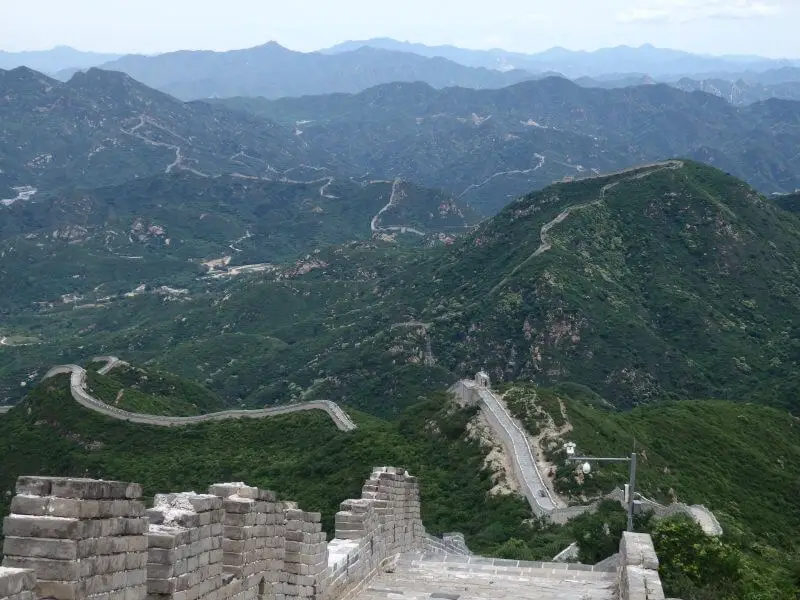









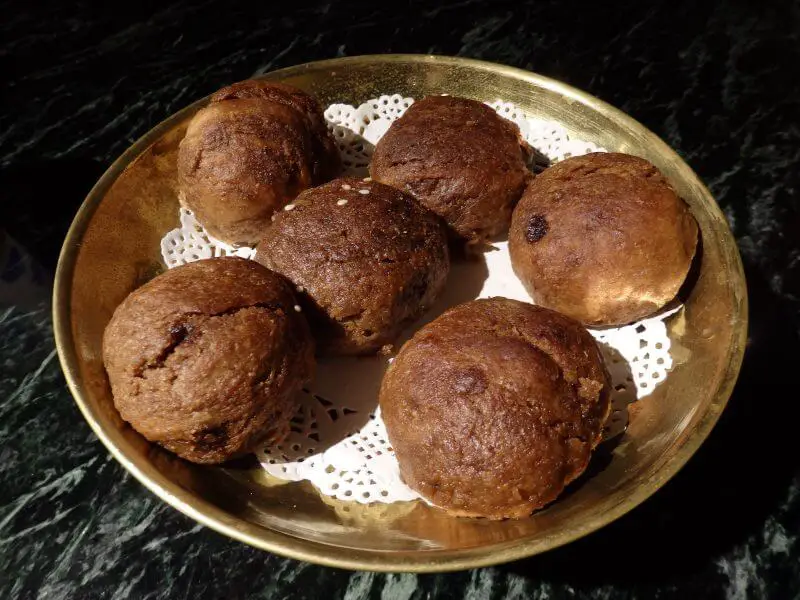
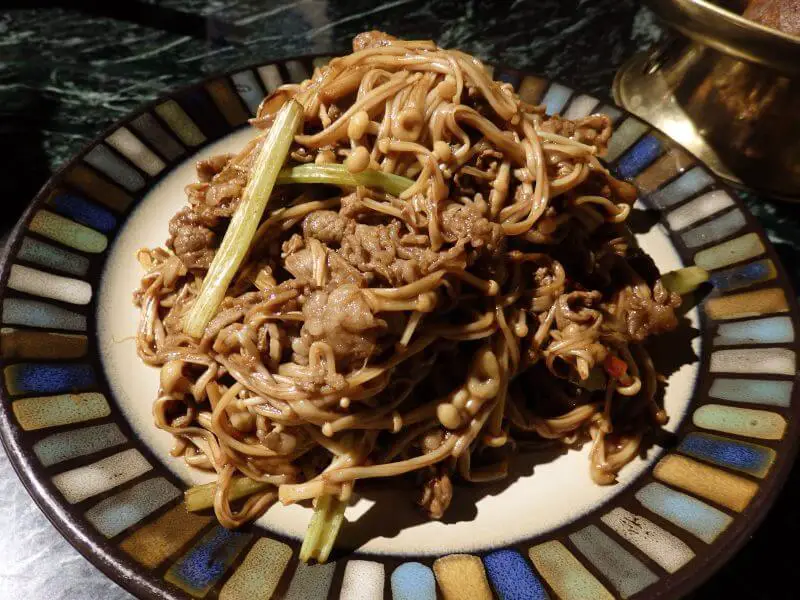
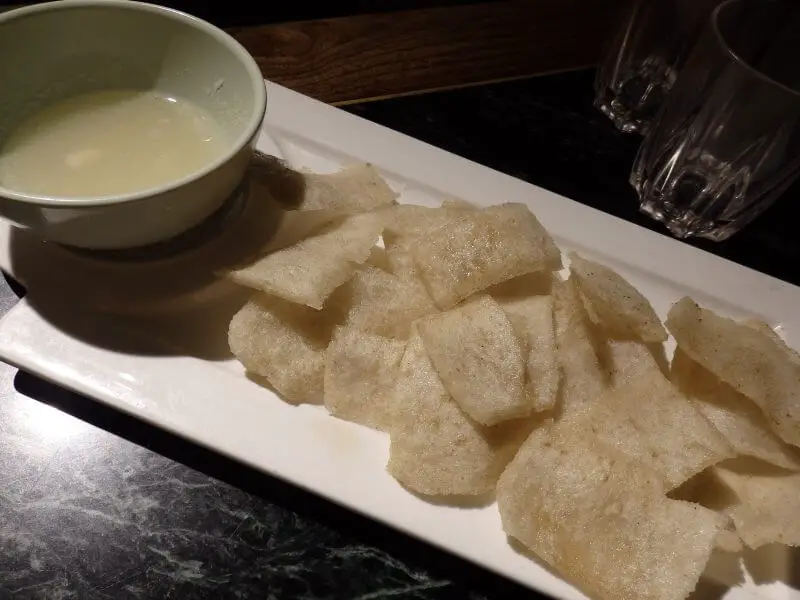








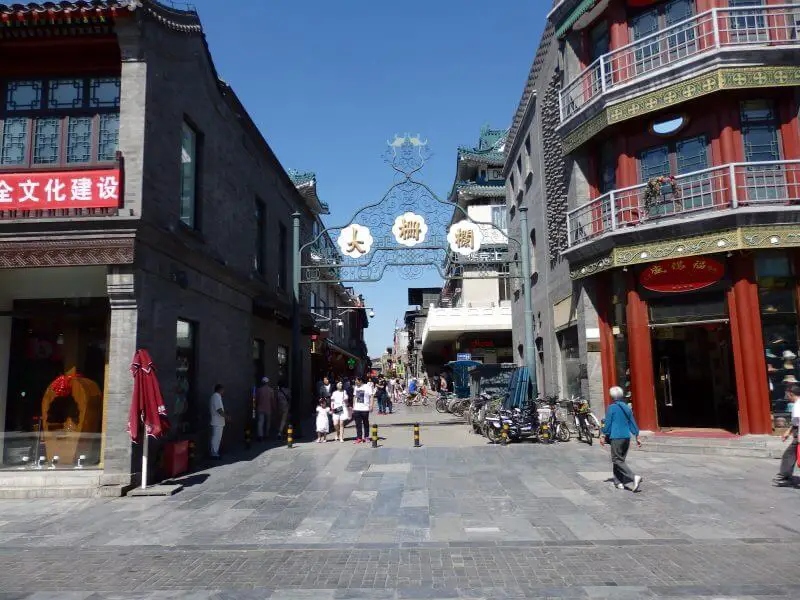










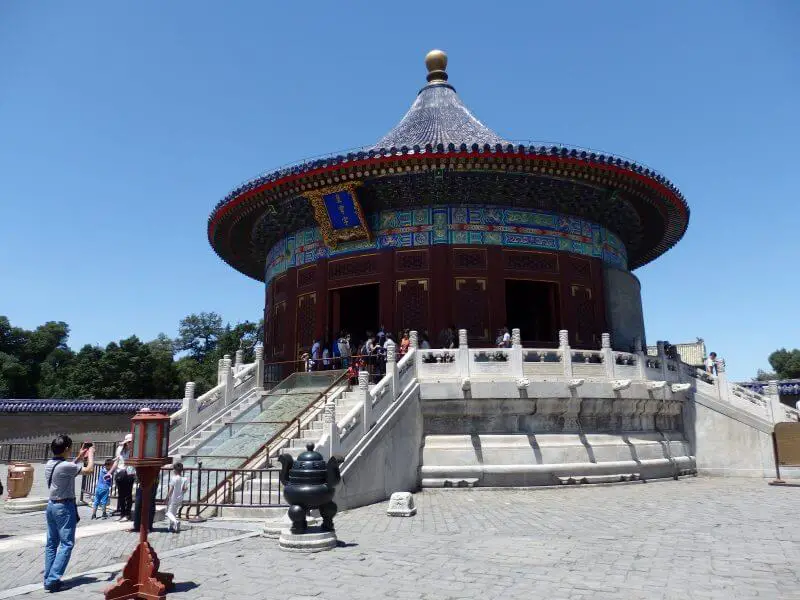
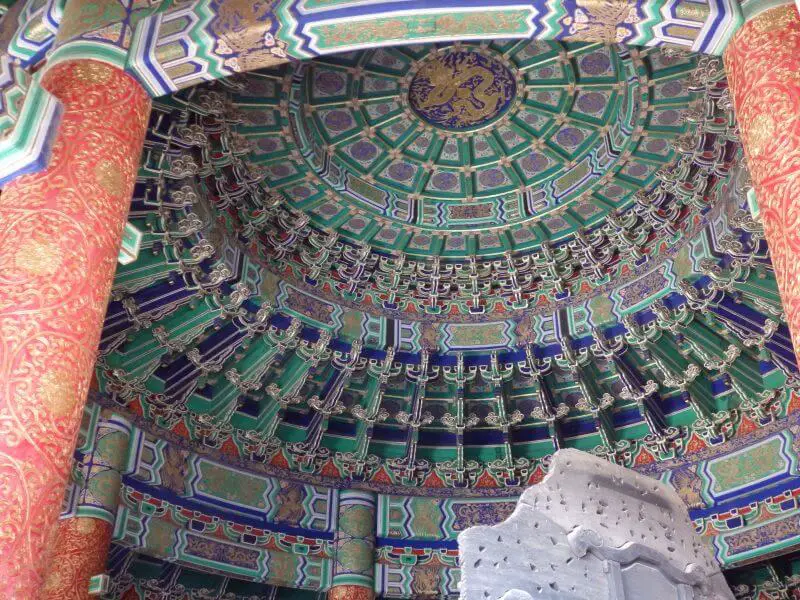
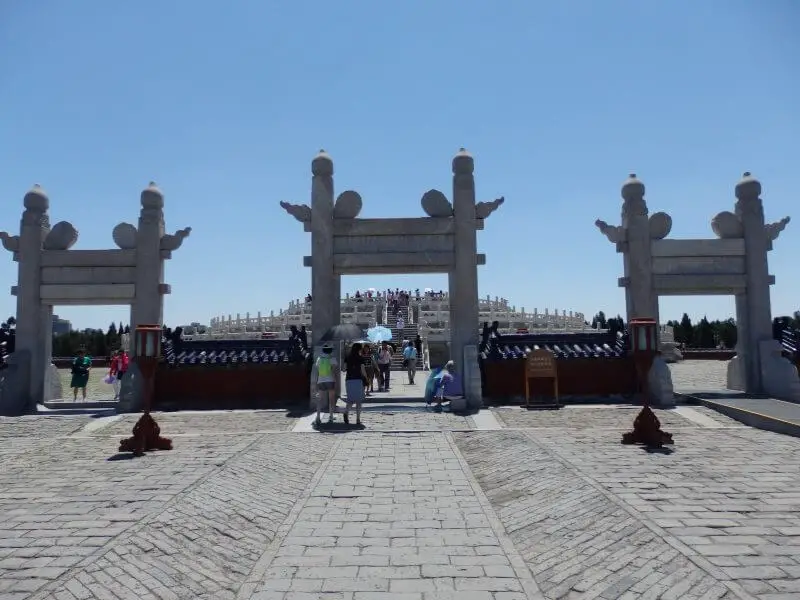
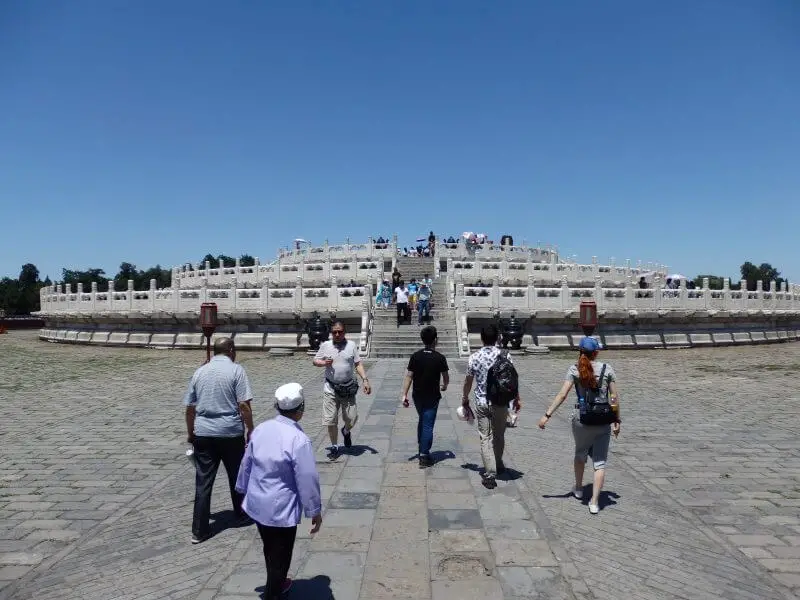


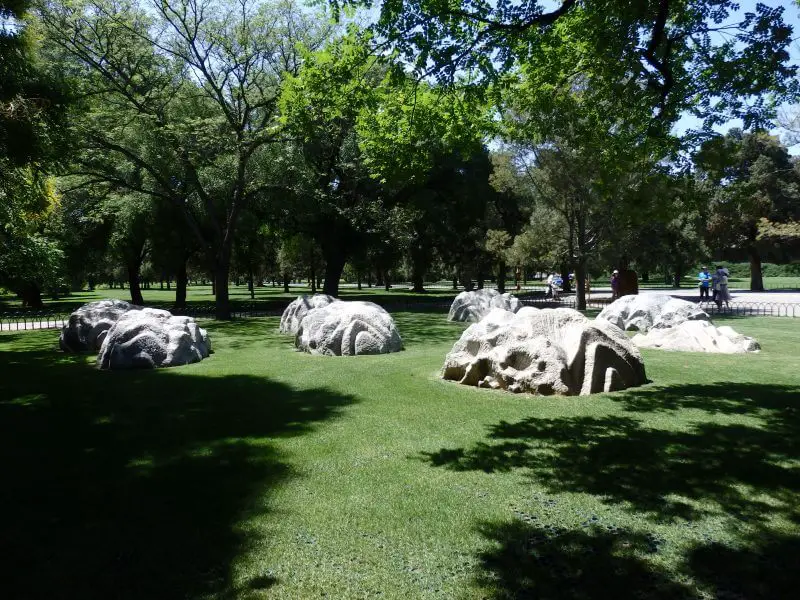






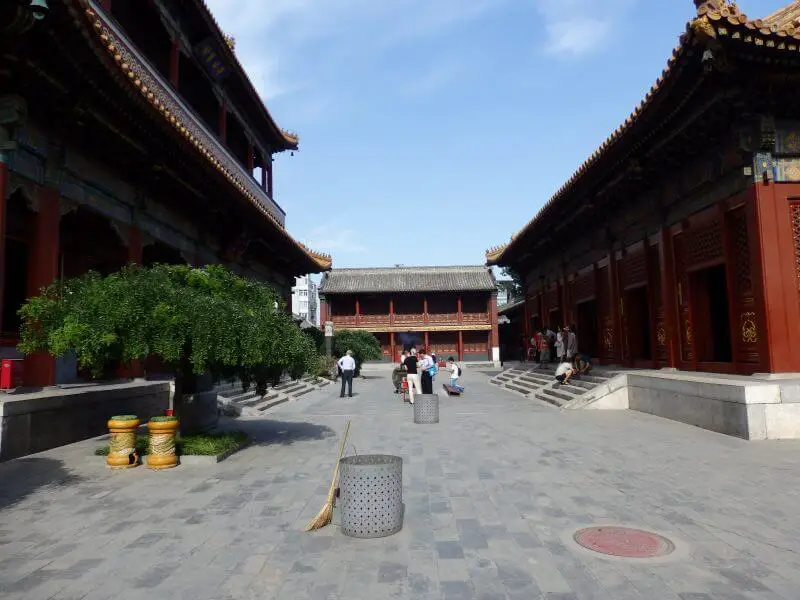
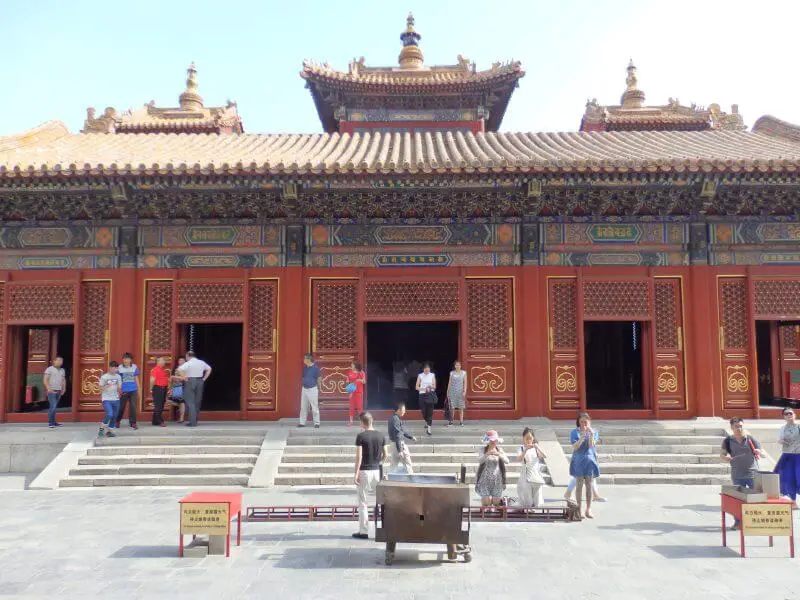





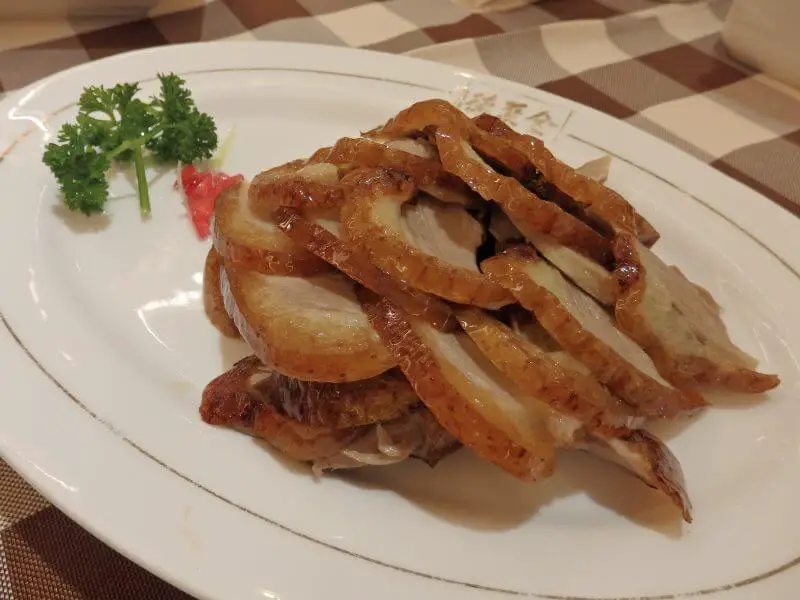






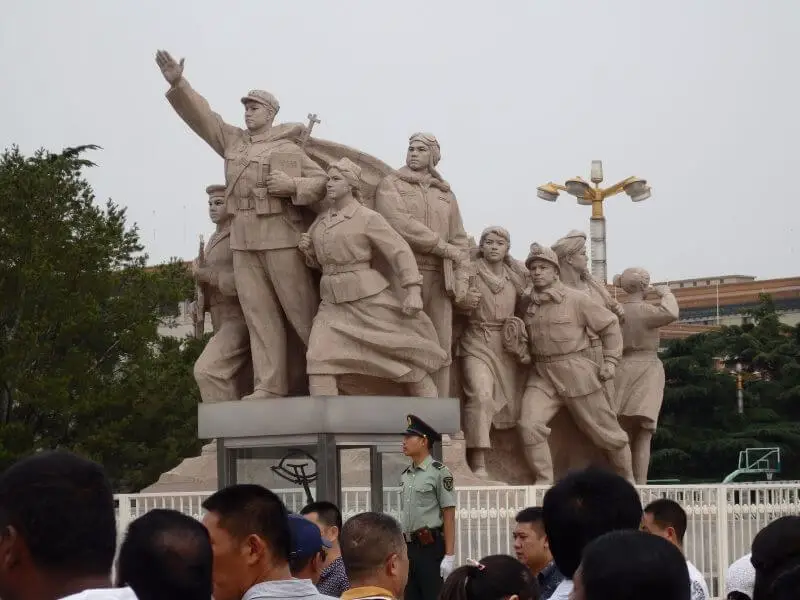
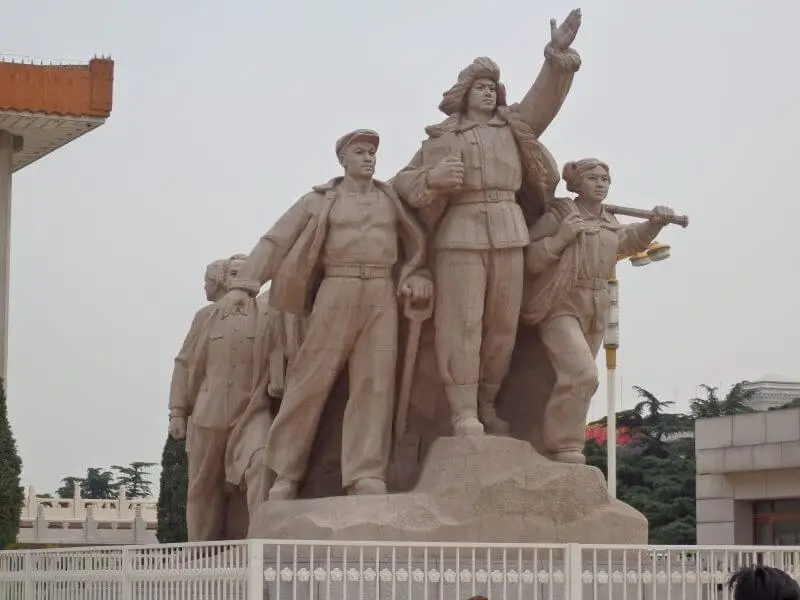

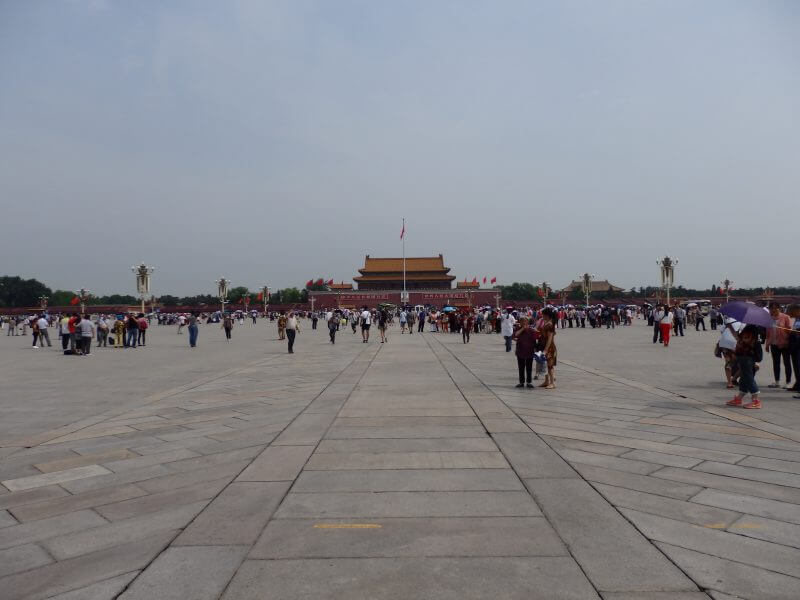
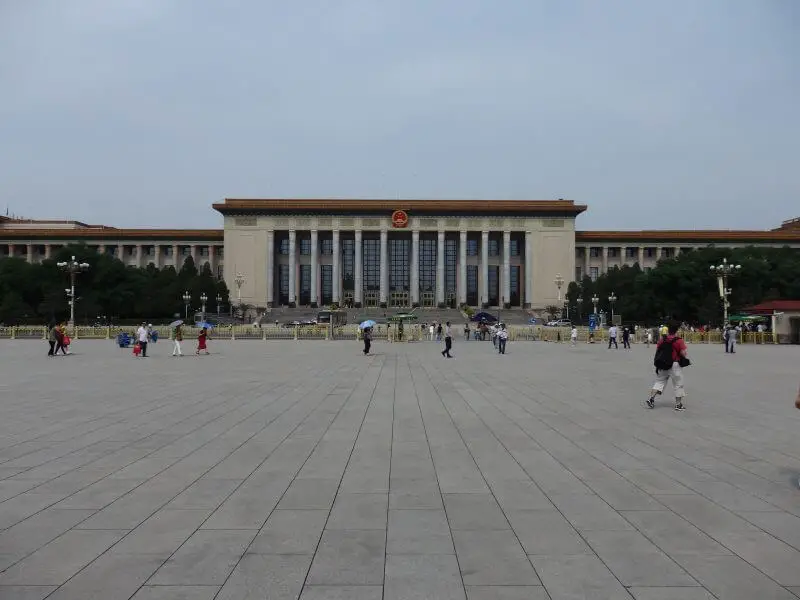

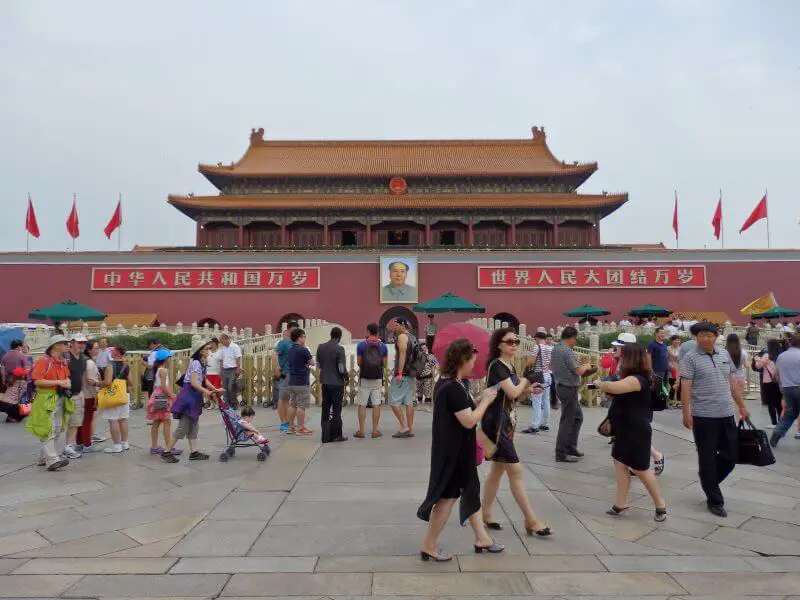


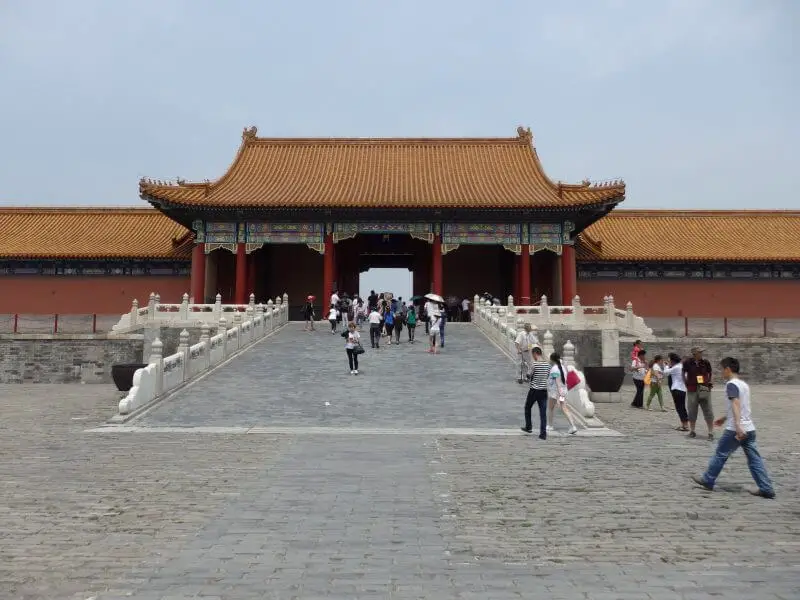






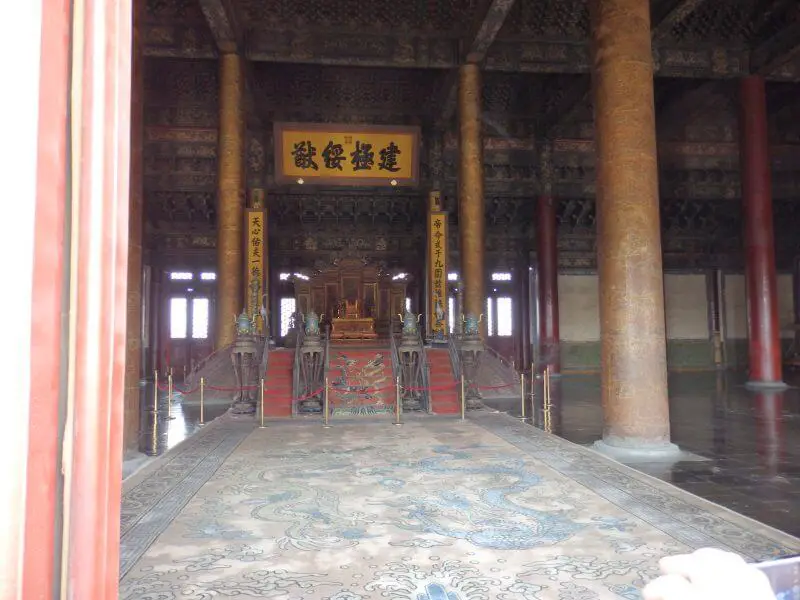

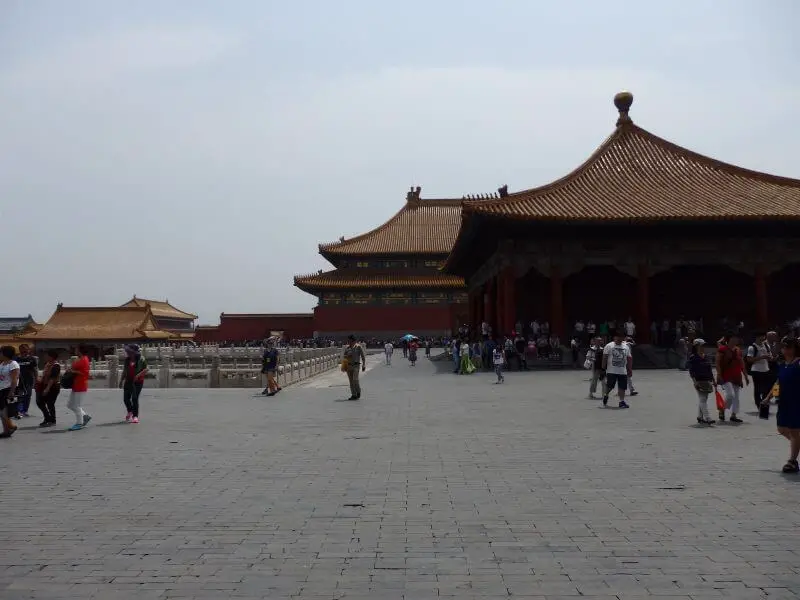

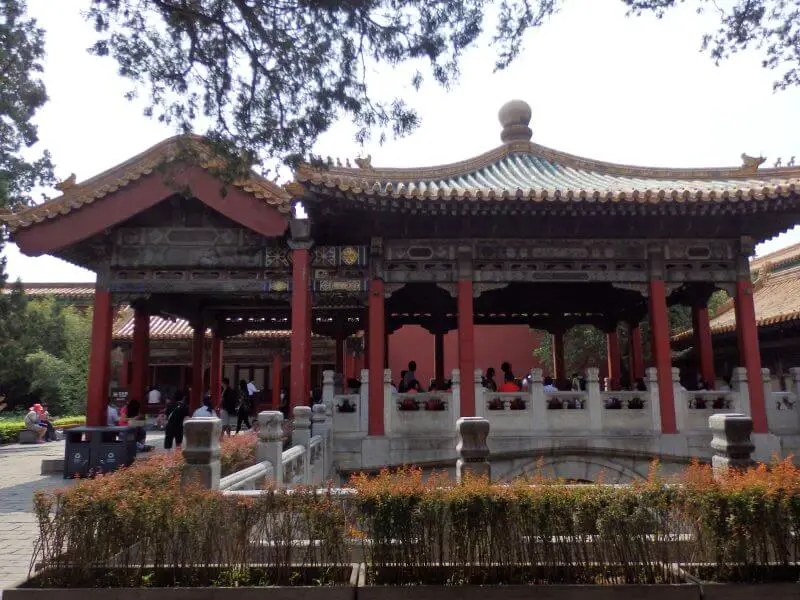
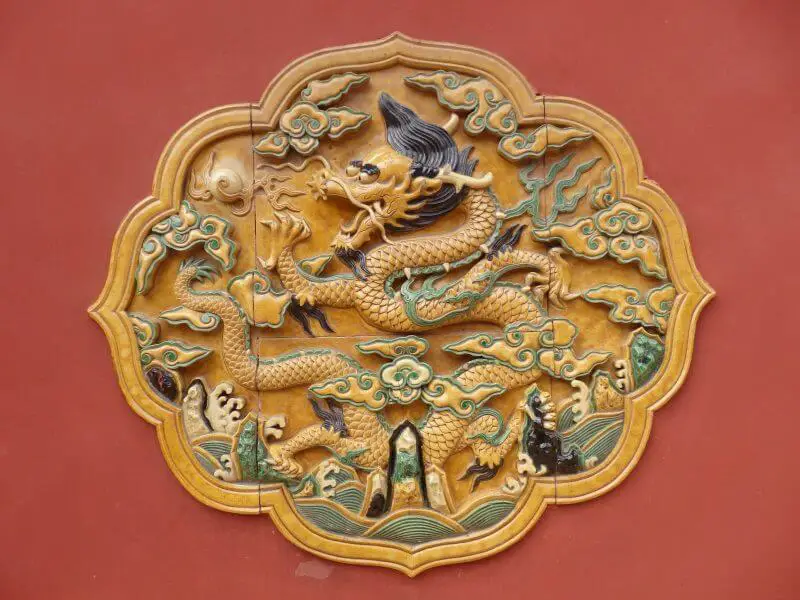


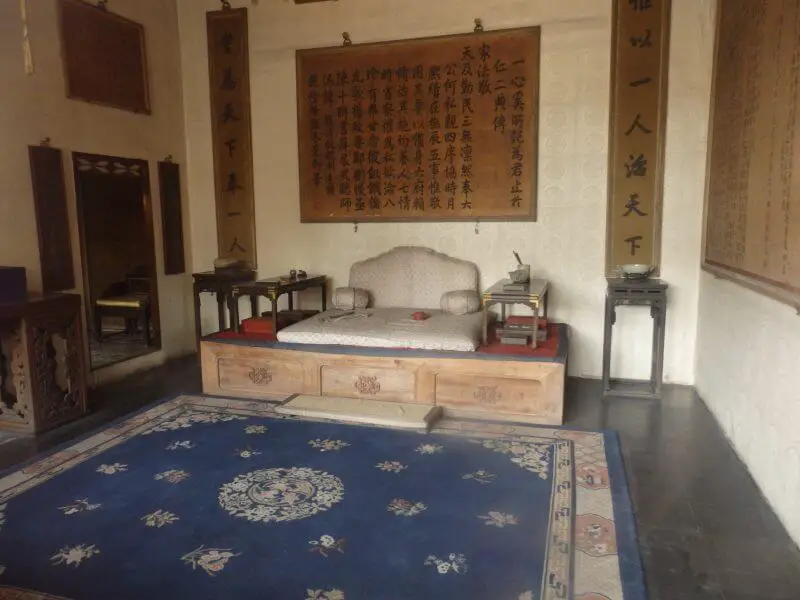

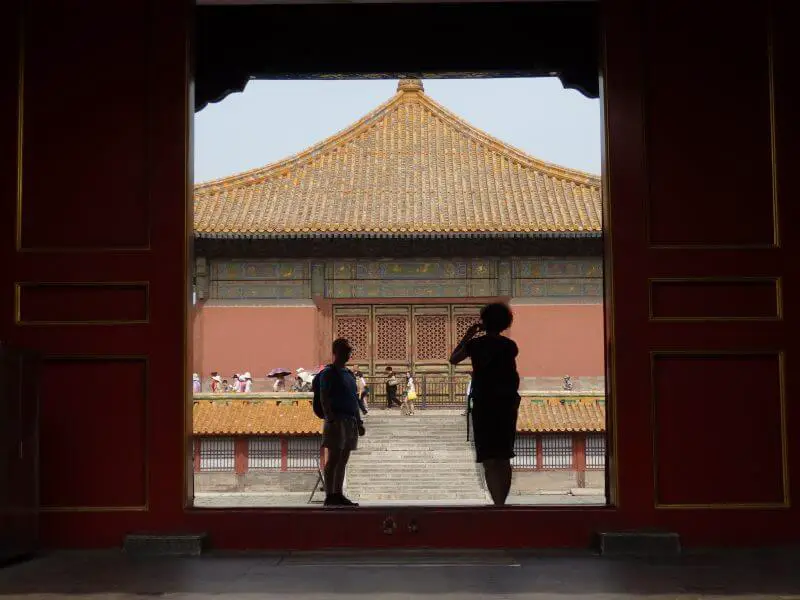



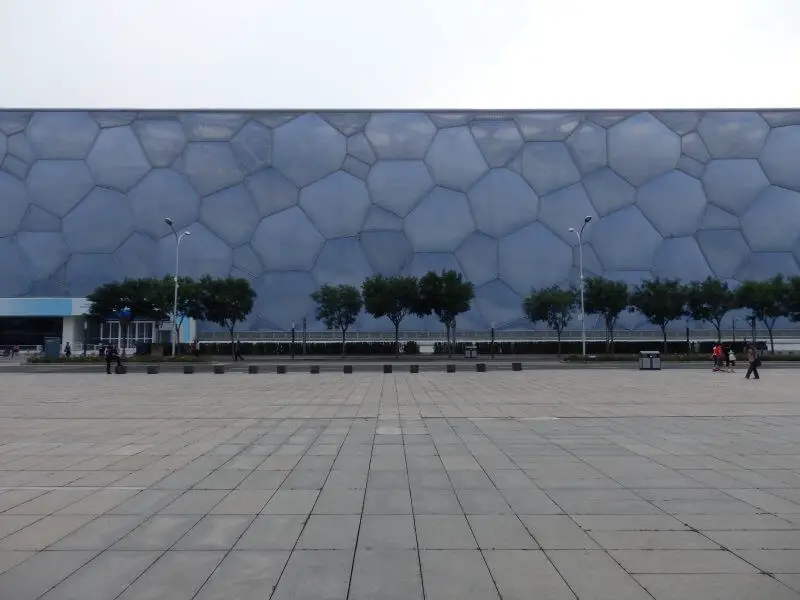




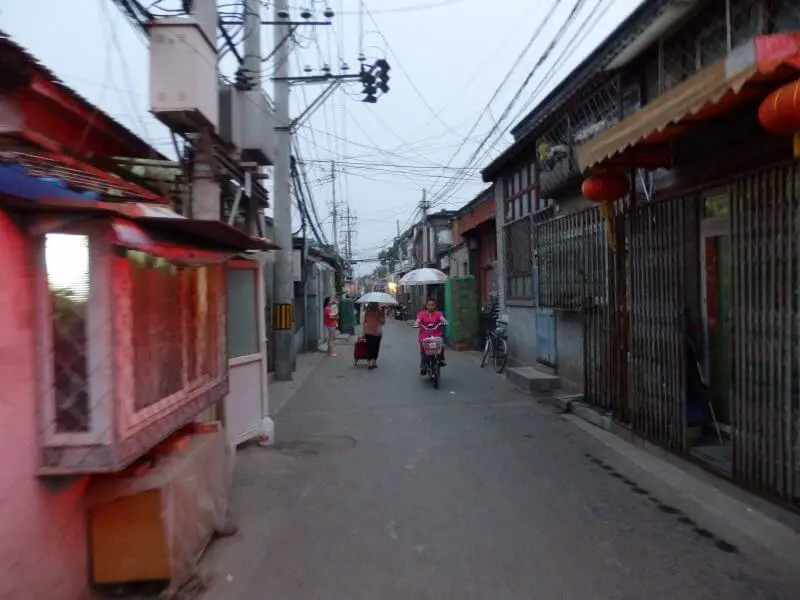



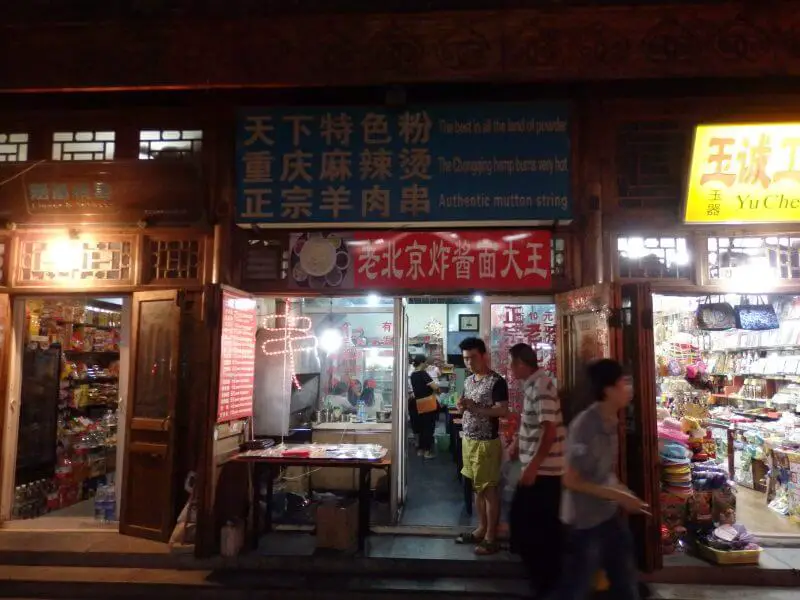




![[Australia] Tasmania Road Trip Part 4 - West to South Horseshoe Falls, Tasmania.](https://aaronteoh.com/wp-content/uploads/2023/12/DSC03977-1200x800-1-150x150.webp)
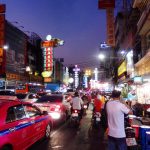
![[Australia] Tasmania Road Trip Part 2 – North East/ North DSC01943-1200×800](https://aaronteoh.com/wp-content/uploads/2023/09/DSC01943-1200x800-1-150x150.webp)